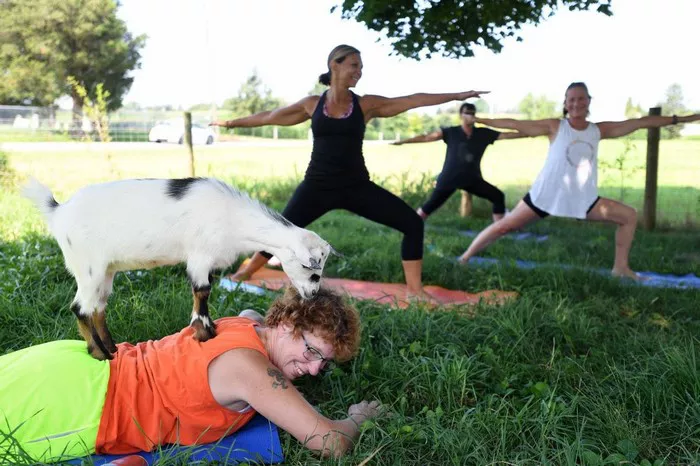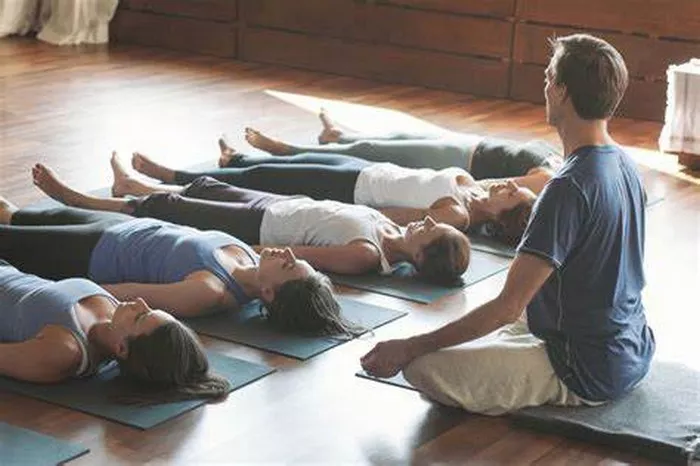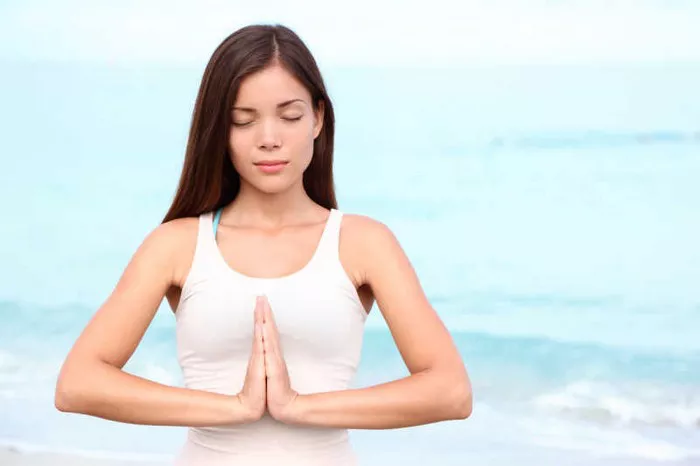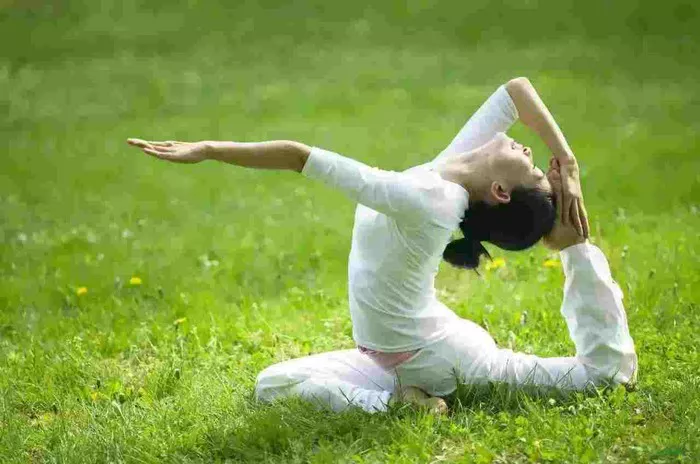Yoga, an ancient practice that originated in India, has evolved over thousands of years into a versatile discipline that combines physical postures, breathing exercises, and meditation techniques. While many people associate yoga with physical flexibility and relaxation, it offers a vast array of benefits for mental health, particularly in enhancing mental clarity. Mental clarity refers to the state of being able to think clearly, focus effectively, and make decisions with a sense of calm and precision. In today’s fast-paced world, where distractions abound and stress is a constant companion, yoga provides a pathway to restore balance and clarity in the mind. This article explores how yoga can significantly contribute to achieving mental clarity, from the physiological effects on the brain to the psychological benefits that help foster focused thinking.
Understanding Mental Clarity
Before delving into how yoga aids mental clarity, it’s important to understand what mental clarity entails. Mental clarity involves the ability to concentrate, think critically, make decisions without confusion, and process information efficiently. It is a state of mind where the inner chatter and distractions that cloud judgment are reduced, leading to clear, objective thinking. A lack of mental clarity can manifest as stress, overwhelm, indecision, or feelings of being scattered. It often arises from external pressures, emotional disturbances, and a lack of inner balance.
The Relationship Between Body and Mind
Yoga, as a holistic practice, recognizes the intricate connection between the body and the mind. Ancient yogic texts explain that the state of the body can directly influence the state of the mind. The physical postures (asanas) practiced in yoga are designed to open up energy channels, improve circulation, and release tension. This physical release helps reduce the mental stress that often contributes to confusion and mental fog. Moreover, yoga emphasizes mindfulness and self-awareness, which encourages practitioners to be fully present in the moment, helping them clear mental clutter and focus on the task at hand.
1. Breathing Techniques (Pranayama) and Oxygenation
One of the primary ways yoga contributes to mental clarity is through breathing techniques, known as pranayama. Pranayama is the practice of controlling the breath, and it plays a critical role in calming the nervous system and focusing the mind. By regulating the breath, practitioners can increase oxygen flow to the brain, which in turn enhances cognitive function.
There are several pranayama techniques, such as:
Nadi Shodhana (Alternate Nostril Breathing): This technique balances the nervous system, reduces stress, and helps clear mental fog. It calms the mind and improves concentration, promoting mental clarity.
Kapalbhati (Skull Shining Breath): This energizing technique involves rapid exhalation through the nose, which clears the respiratory system and invigorates the mind. It can be especially useful in clearing stagnant or negative energy from the mind, allowing for fresh, clear thinking.
Bhramari (Bee Breath): By creating a humming sound during exhalation, this practice helps calm the mind and ease mental stress, promoting a state of focus and clarity.
These breathing techniques encourage the parasympathetic nervous system, which is responsible for relaxation and stress reduction, thereby creating a peaceful mental state conducive to clarity.
2. Physical Asanas (Postures) and Stress Reduction
Yoga asanas (physical postures) are another key aspect of the practice that can enhance mental clarity. When performed mindfully, yoga postures encourage a deeper awareness of the body, helping to release physical tension and stress. By aligning the body and improving its flexibility and strength, yoga fosters a greater sense of balance and well-being, which positively affects the mind.
Some yoga postures that particularly help in releasing mental clutter include:
Adho Mukha Svanasana (Downward-Facing Dog): This inversion helps relieve tension in the neck, shoulders, and back, where stress tends to accumulate. By stretching the spine and opening the chest, this pose also stimulates blood flow to the brain, aiding mental clarity.
Vrksasana (Tree Pose): This balancing pose cultivates focus and concentration, as it requires mental presence to maintain balance. This sharpens the mind and helps reduce feelings of overwhelm.
Savasana (Corpse Pose): Often practiced at the end of a yoga session, savasana allows the body to relax deeply, releasing any residual tension. This relaxation fosters mental clarity by creating space for the mind to rest and reset.
Physical postures not only improve overall health but also teach the practitioner to connect with their body, reducing the distractions that may cloud the mind.
3. Meditation and Mindfulness
Meditation is an integral part of yoga practice and is particularly effective in clearing the mind. Yoga meditation focuses on mindfulness, which is the practice of being fully present in the moment, free from judgment or distraction. In this state, the mind becomes more focused, and clarity emerges naturally.
Several forms of meditation used in yoga can contribute to mental clarity:
Vipassana Meditation: This form of meditation involves observing thoughts without attachment. By allowing thoughts to come and go without judgment, practitioners can clear the mental clutter that often creates confusion and indecision.
Mindfulness Meditation: By focusing attention on the breath or a specific object, practitioners learn to let go of distractions. This deep concentration fosters a sharp and clear mind, free from extraneous thoughts.
Guided Meditation: In guided sessions, a teacher may lead you through a visualization or a series of instructions that focus on calming the mind and reducing stress, which directly enhances clarity.
By practicing meditation regularly, you strengthen the mind’s ability to focus and eliminate distractions, leading to more effective decision-making and enhanced cognitive performance.
4. Reducing Stress and Anxiety
One of the most significant ways yoga enhances mental clarity is by reducing stress and anxiety. Chronic stress often clouds the mind and inhibits clear thinking. Yoga addresses both the physical and psychological aspects of stress by providing tools to calm the nervous system.
The Relaxation Response: Yoga activates the body’s relaxation response, reducing levels of cortisol, the stress hormone. As a result, the body and mind are better equipped to think clearly and respond effectively to challenges.
Improved Emotional Regulation: Yoga helps practitioners build emotional resilience by teaching them how to manage their emotional responses. Emotional regulation allows for clearer decision-making, as the mind is not overwhelmed by fear, anger, or other strong emotions.
Restorative Yoga: This practice involves gentle postures held for extended periods, with an emphasis on deep breathing and relaxation. Restorative yoga helps reduce tension and creates space for mental clarity to emerge.
5. Cultivating a Positive Mental State
Yoga helps foster a positive mental state by encouraging practices such as gratitude, self-compassion, and acceptance. These positive attitudes directly contribute to mental clarity by creating a mindset free from negative distractions. When the mind is filled with positivity and acceptance, it can focus more clearly on the present moment.
Positive Affirmations: Many yoga practices incorporate positive affirmations, which are statements of self-empowerment. These affirmations can help shift the mind from a state of self-doubt or negativity to one of confidence and clarity.
Self-Inquiry (Svadhyaya): Svadhyaya is the practice of self-study. Through reflection and introspection, yoga encourages practitioners to become aware of their thought patterns and eliminate those that hinder clarity. This introspection leads to a deeper understanding of oneself and promotes mental clarity.
The Holistic Approach of Yoga to Mental Clarity
What sets yoga apart from other practices aimed at improving mental clarity is its holistic nature. Yoga addresses the body, mind, and spirit as interconnected elements, working together to foster balance and clarity. By integrating physical movement, breath control, and mindfulness, yoga nurtures an overall sense of well-being that supports mental clarity.
In contrast to more fragmented approaches to improving mental focus, yoga offers a complete system for creating mental clarity through physical discipline, conscious breathing, and inner peace. The practice doesn’t just aim to clear the mind temporarily; it seeks to build lasting mental resilience, helping individuals handle stress and distractions more effectively in the long term.
Conclusion
Yoga is a transformative practice that helps cultivate mental clarity by fostering a calm, focused, and balanced mind. Through physical postures, breathing exercises, meditation, and mindfulness, yoga addresses the physical and psychological aspects of mental clutter, allowing practitioners to experience enhanced focus, concentration, and decision-making abilities. In a world where distractions and stress are constant, yoga offers a powerful antidote, providing the tools to regain clarity and focus.
Whether practiced in a quiet yoga studio or at home, regular yoga practice can significantly improve your ability to think clearly, make decisions with confidence, and navigate life’s challenges with a calm, centered mind. If you are looking for a sustainable way to enhance mental clarity, yoga provides a time-tested approach that integrates the body, mind, and spirit, helping you to live more fully in the present moment.
Related Topics:





















